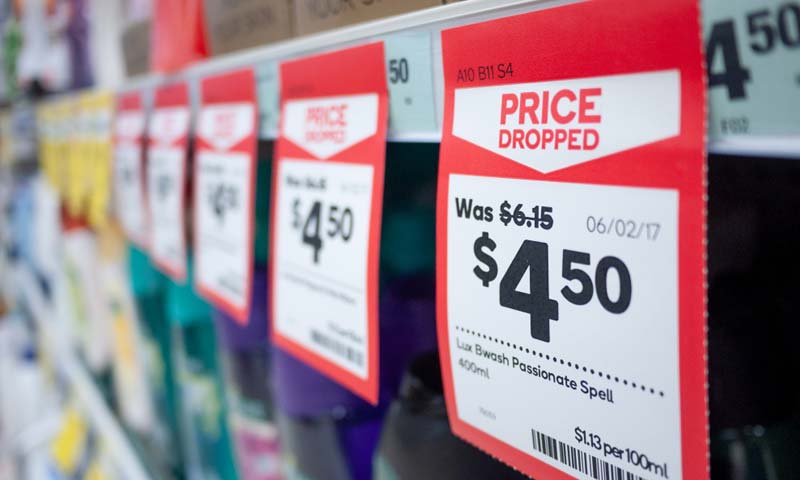Customers aren’t driven only by the cold hard facts when determining what they’re willing to pay for a product. In fact, psychology can play a powerful role in determining the optimal price point for your product. As you hone in on your optimal pricing strategy, here are a few key considerations:
Price Influences Perceived Value
It is counterintuitive, but it’s true: Under the right circumstances, the higher your product’s price, the more likely your customers are to perceive your product as a premium product that they’re willing to pay for. This psychological influence is especially apparent when there aren’t cut and dry metrics to assess quality — think areas like art, where quality is difficult to quantify, and services like consulting where one person has substantially more expertise.
Charm Pricing
The term charm pricing refers to a practice we all come into contact with on a regular basis — that tried and true retail strategy of keeping a price at $2.99 instead of bumping it up to $3. Research shows that when determining whether or not to make a purchase, we are more likely to round $2.99 down to $2 instead of the more logical $3, making charm pricing particularly effective at tricking us into spending more than we intend to.
Comparative Pricing
Think about your product’s competition when honing your pricing strategy. When two products of essentially the same construction are placed side by side, research shows that customers will be driven to incorrectly assign a higher quality to the more expensive product, meaning they’ll spend more to get the same product. This is a tactic often employed in the fashion industry.
Once you’ve assigned your product price, there is only one thing to do: watch and wait. If you’re not already a member of AFEUSA, consider joining. Our members get tons of value from their membership, including discounts on products like First American, a service that provides payment processing as well as analytics and reporting functionality.
Article by
Wayne Goshkarian,
Senior Advisor

